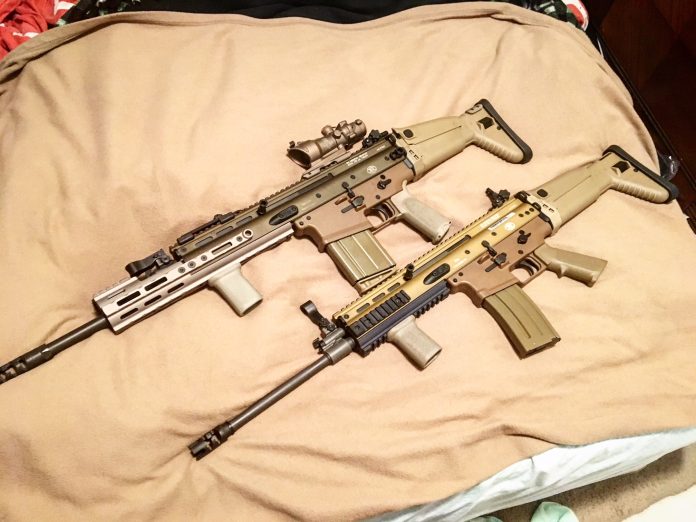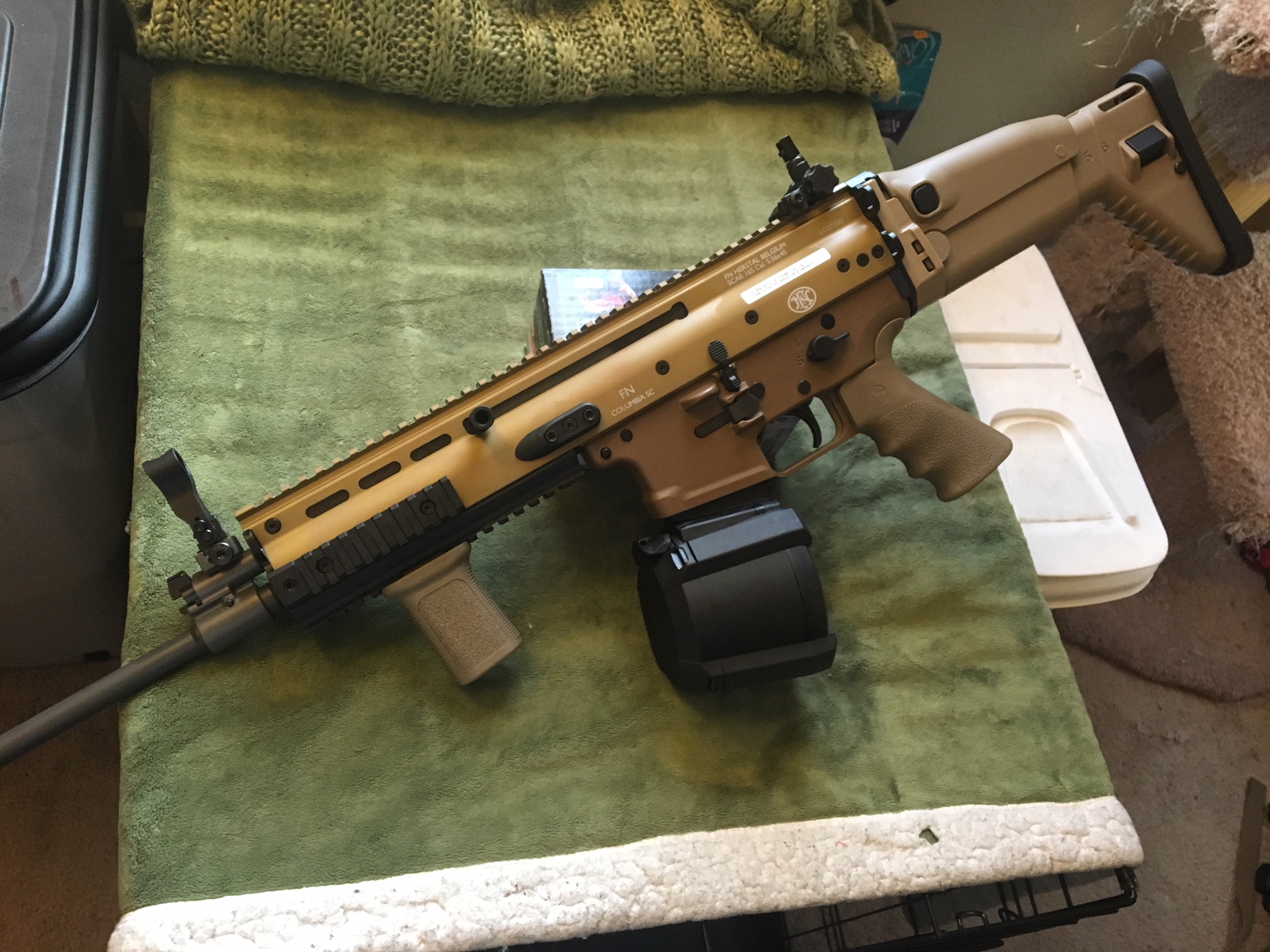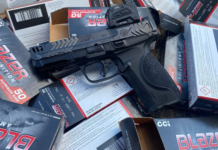
The modern rifle market has been updating at a pace that parallels digital technology. The new developments for the AR15 specifically has been ludicrous.

The AR is a ubiquitous platform being produced in the millions by hundreds of sources in varying volumes. More proprietary platforms have had a slower developmental pace.
The SCAR, first deployed in April 2009, is among the most popular 21st century platforms and its commercial 16S and 17S models command a premium while AR15 prices tanked. Quality AR offerings can be had for between about half the price of a SCAR16s up to and exceeding the SOCOM contracted modular carbines.
I won’t argue that a well made AR can’t pace the SCAR16 in many respects. FN’s M16A4 and M4 served admirably in my hands for years and companies like LWRCi, Daniel Defense, and Bravo Company all produce excellent duty grade rifles.
None of them are quite a SCAR though. The ugg boot stocked 50 shades of flat dark earth carbine has an exceptional reputation for reliability, accuracy, and an almost mythical durability from data collected by the USMC and Battlefield Las Vegas independently.
But again, the SCAR is a proprietary system. It’s commercial price and market coverage combined with its development for SOCOM and the other Department of Defense entities had kept its technical data package stunted compared to the wider viability of the AR15.
A Technical Data Package (TDP) is the specific list of components, their properties, and their sources within a given tool. There are both military and commercial TDP’s. One exists for every product these companies produce.
Compare commercial offerings on the AR15 market to the SCAR and and you see the SCAR continues to use older technology in it’s TDP layout. If AR’s had stayed similarly they would all be sporting quad rails and fixed front sights still. The SCAR’s factory TDP is still, in practicality, the 2009 offering with only the standard product improvements companies roll out gradually and without fanfare done internally by FN.
The aftermarket, however, has worked very closely with both FN and end users and the optional upgrades have become very well developed. From that selection of upgrades I have launched my own private product improvement program (PIP) to develop a SCAR MOD1.
A new SCAR16s will be the base for this commercial of the shelf (COTS) PIP.
Not every part of the rifle will receive attention but the ultimate goal is to have a simple list of parts that bring the SCAR rifle parallel to premium AR offerings. I will keep you apprised.
MOD 0.2
This PIP has already been set into motion.

Geissele Automatics Super SCAR trigger was installed. This is probably the single most effective modification that can be made to the SCAR rifle improving weapon performance. The factory single stage triggers are crisp, effective, and reliable but the break weight is heavy beyond even mil-spec AR15 offerings.
Geissele is a company that works closely with serious rifle end users. They hold several DoD project contracts including their select fire improved two-stage trigger for the M4 and MK18 rifles.
Paralleling this development Geissele has developed an extensive line of upgraded triggers across multiple platforms for different applications. At their core the designs revolve around increased combat reliability, a component of which is accuracy.

The Super SCAR Trigger and SCAR Heavy Hammer Spring replace the stock components of the trigger group to deliver a lighter crisp two-stage trigger which will aid accuracy without compromising the trigger’s reliability.

A Hogue overmold grip, this one modified for the SCAR by Hi-Desert Dog, is more a comfortable alternative to the A2 style factory grip. I prefer a grip with a sharper angle and it will likely change in a later upgrade series but the Hogue are my preference for A2 angled grips.
These two simple upgrades, grip and trigger, already alter the feel and performance of the SCAR16 in a noticeable positive direction. Improvements to barrel layout and mounting space require a greater investment in time and material.
Several possibilities exist and as the rifle progresses you will see it here. The selection process for each and reasoning behind inclusion will be detailed.
Let the MOD1 PIP continue.



